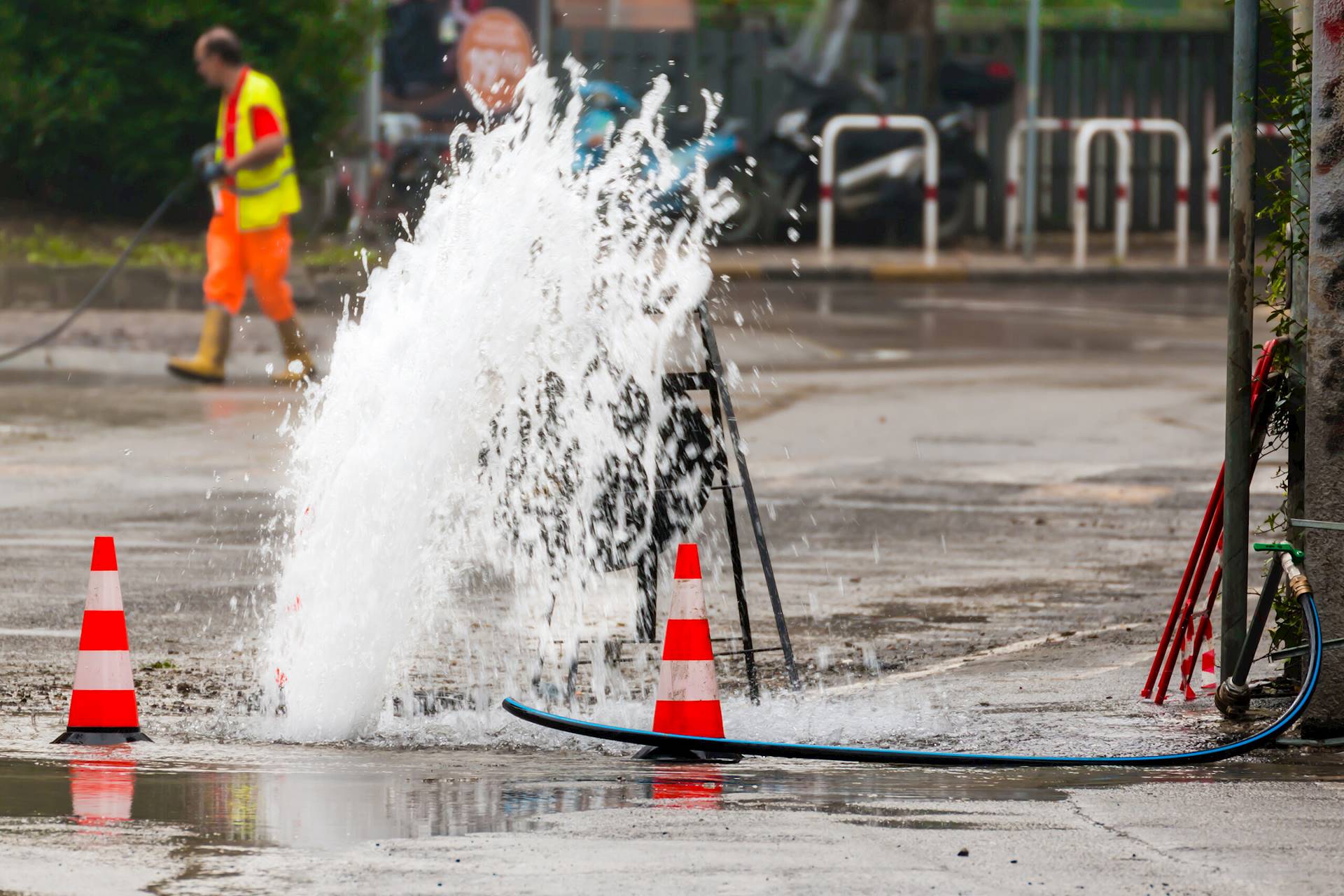 You wake up every morning, turn on the faucet and expect the water to be there. Aging infrastructure throughout the United States threatens that reliability, with water mains operating well beyond their design life. In addition to contributing to reliability issues, aging systems are also subject to ever-increasing nonrevenue water losses. In the first of this two-part series, we explore the hidden cost of water leaks in our nation’s water systems.
You wake up every morning, turn on the faucet and expect the water to be there. Aging infrastructure throughout the United States threatens that reliability, with water mains operating well beyond their design life. In addition to contributing to reliability issues, aging systems are also subject to ever-increasing nonrevenue water losses. In the first of this two-part series, we explore the hidden cost of water leaks in our nation’s water systems.
In the American Society of Civil Engineers’ 2017 Infrastructure Report Card, 6 billion gallons of water are lost every day in the United States due to water main breaks and water leaks. There are two main sources of nonrevenue water loss for distribution systems: leaks and meter inaccuracies. Leaks in water systems can be elusive, because many times, they never surface. Small water leaks will find their way to sewers and drainage ways or drain into the surrounding soil. Small leaks that never surface may seem inconsequential, but they add up.
There is a toolbox of resources that utilities can use for leak detection. To be efficient with leak detection, a utility should look over its water system and determine its age and the material of the piping. A history of leaks in a certain part of town or a certain pipe material can help focus a search for leak detection.
The next step involves field work. For small to medium water systems, there are tools a utility can use with staff or through consultants. Noise loggers use acoustics to locate leaks based on the distinct noise a leak makes. The sensor is attached to the distribution system at key points, such as hydrants and valves. The sensors record various sounds and can be used to zero in on leaks. If the leak can be narrowed down to a one-block stretch, the operator can switch to a hydrophone. This portable listening device allows the operator to walk along the water main alignment and set the microphone on the pavement, listening at intervals, to isolate the leak.
Examining an entire water system can seem daunting, but by breaking the system into smaller segments and spreading the work over multiple years, leak detection can become an annual cost of maintenance in your budget. The return on investment gained by identifying and fixing these leaks, can make up for the added labor over time. If you consider that an 1/8-inch-diameter hole in a water main at 40 pounds per square inch of pressure can leak around 1 million gallons over the course of a year, the revenue saved by fixing the leak quickly adds up.
While this blog article focuses on nonrevenue water leaving the system and into the ground, next month’s will explore revenue loss through your customer’s meters.
To learn more about revenue loss in water systems, contact Lee Bloome at lbloome@hanson-inc.com.